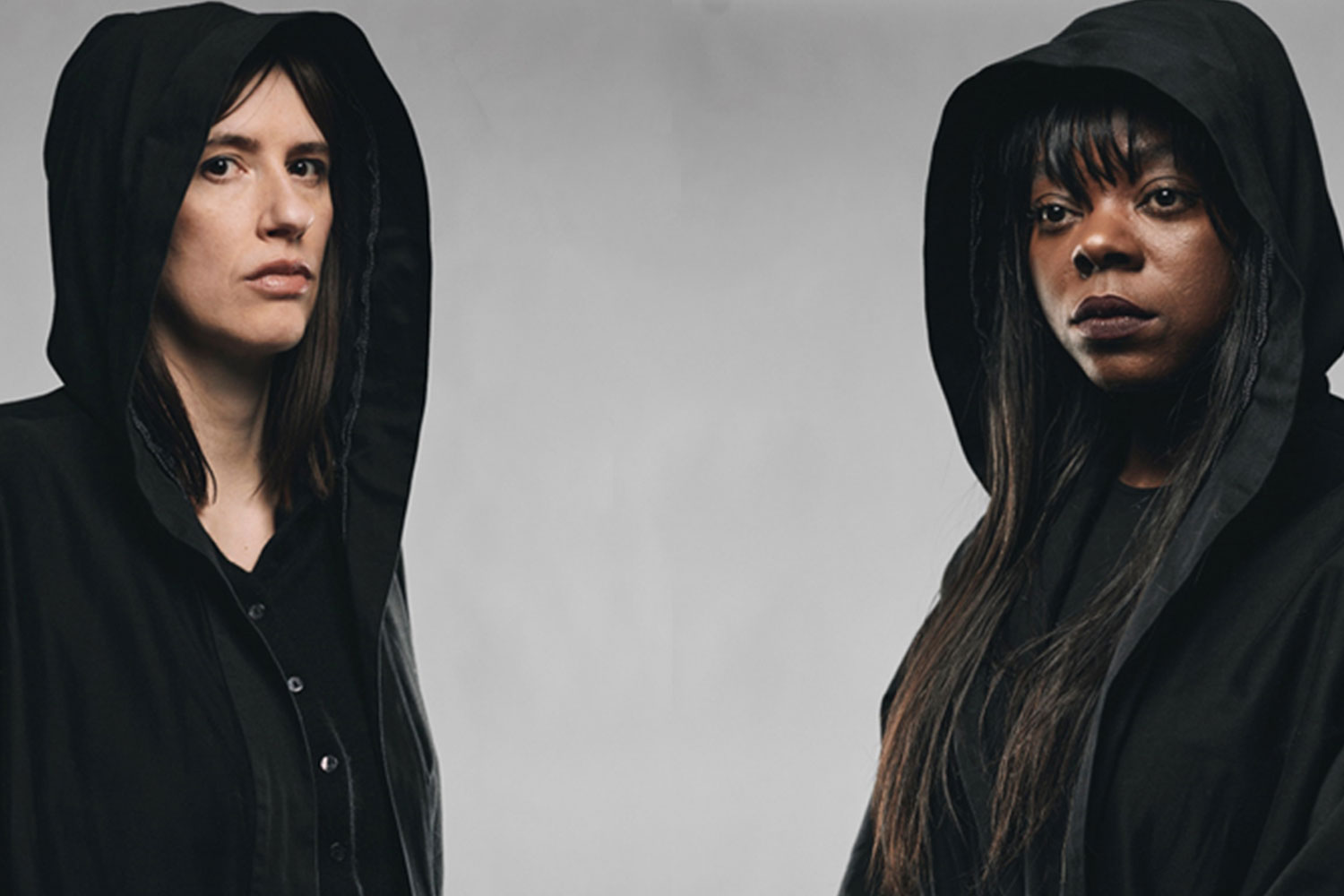The Year of the Rat (Leeds)
The clock strikes thirteen, then the lights rise dimly on George Orwell tapping away at his typewriter in a spacious, but shabby, recreation of the cottage on Jura where he wrote much of 1984. The opening of Roy Smiles’ The Year of the Rat prepares us for a play that will merge fact and fantasy, use Orwell’s fiction to inform his life and vice versa, and re-create the novelist’s almost final days.
So it does, but the promise of the opening is not always fulfilled. Smiles is clearly devoted to Orwell, but The Year of the Rat hints at three different plays and ends up not quite being any of them. Orwell is joined on Jura in 1949 by friend/editor of Horizon, Cyril Connolly, and Sonia Brownell, the editorial assistant Orwell is attempting to seduce or marry – historically, they did marry on his death-bed. Their presence leads to an exploration of love, loneliness, envy, genius and despair, plus a fair chunk of Orwell biography.
Smiles is clearly not going for a straightforward historical/biographical play, despite copious biographical detail: the fact that Connolly and Brownell did not visit Jura counts against this, as does the presence in the cast-list of animals from Orwell’s novels!
However, he seems torn between a serious exploration of the motives and characters of his three principals and a serendipitous Stoppardian jeu d’esprit – with a solid intellectual base, of course. At times the first half veers dangerously close to a “spot the reference” jigsaw of Orwell’s life and work.
The version of George Orwell that emerges is pretty much conventional and misses the sense of fun that lurked beneath his melancholy awareness of the limits of humanity – this despite the excellent Hugo Speer, his voice testimony to tuberculosis, cigarettes and a bullet in the throat, his default position (despite the odd terrifying coughing fit) an understated naturalness.
Claudia Elmhirst makes much of what seems an ambiguously written part as Sonia and Nicholas Blane is a very funny, if rather cartoonish, Cyril Connolly, while Paul Kemp, swinging on a sickle as Pig (Napoleon/Stalin), carries off the three animals with aplomb.
Alan Strachan’s direction is astute, but sometimes lacking in pace, and Michael Pavelka’s designs effectively bridge naturalism and fantasy, with craggy stone and shifting sky/seascape surrounding the cottage. An intelligent, thoughtful evening’s theatre, it seems uncertain of its audience: only someone familiar with Orwell will pick up the references, but only someone who isn’t will find new insights.
-Ron Simpson










